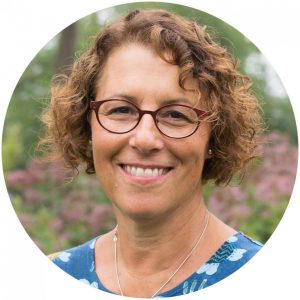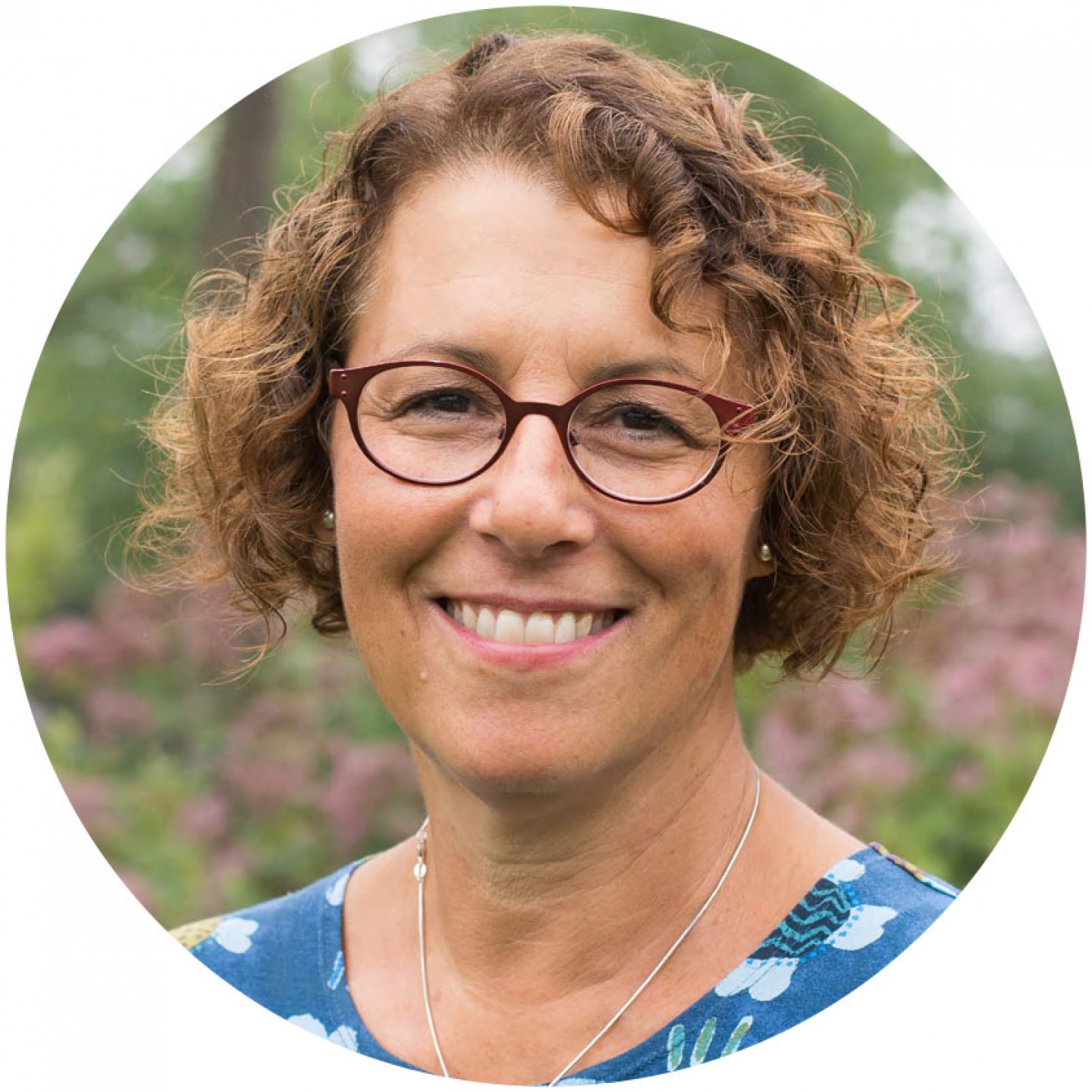Jane Shapiro

At OROT: The Center for New Jewish Learning, we’ve discovered that it is not enough just to be open and welcoming to all. And it is not enough to offer yoga and text study and music and the arts as multiple entry points to Judaism. We’ve learned that a teacher today must personally cultivate dispositions that enable them to be effective and true. They must model their own inquiries and doubts, joy and appreciation. Humility is essential. So is passion.
In practice, they need to invite experimentation, foster an environment of multi-vocality and responsiveness. Even without sitting on a mat, they must watch the body language of the student as they “feel” a new insight coursing through their soul, heart and mind. They must hold the space safely for the student when a klipah sheds before them and acknowledge it as a moment of sanctity. How else can modern Jews know that Torah study is a spiritual practice itself?
A pedagogy of transformative, holistic, spiritual teaching requires preparation. Texts must be chosen for their aesthetic power and beauty. Techniques to teach the skills for decoding Hebrew words and Rabbinic or philosophical argumentation must be clear. Comparisons to other traditions (as Sid has mentioned in his thesis on chochma) or to literature or music or art or philosophy should be identified. Lessons need essential and complex questions.
And finally, the teacher has to manage class discussion and dispute and stimulate deeper thinking both for individuals and the community of learners as a whole. It is possible to bring a group of 21st century Jews to a state of collective “flow” that is not just a psychological or cognitive state. When it reaches through the heart of Jewish text or tradition and relates to a specific Jewish practice, like gazing at Hanukah candles as the spark within, or watching red and white wine comingle as forces of personal change during a study of Tu B’shvat, or reciting a kavanah before heading out to a rally, or finding the spaciousness in the body that might represent redemption from Mitzrayim, then the learning that is necessary today actually occurs. With each class offered, OROT reflects on these processes but also tries to push the boundaries further by asking where it might go and how they might be offered to the broader Jewish community through better professional development and networking.
What resonates in all the four theses for me is the absolute necessity of setting a kavanah before everything we do as educators, leaders, and professionals. Kavanah sanctifies a deed. It focuses on the goal while maintaining a posture that can withstand variation and change. A group can embody kavanah through shared discourse and effort, but also by witnessing the personal transformative moments of each individual. This bonds the group interpersonally and existentially and provides an image of what caring community might become once it has been infused with the wisdom of Torah.
______________________
Jane Shapiro is inspired every day when she teaches Torah to adults in the Chicago area. She is one of the founders of Orot: Center for New Jewish Learning.


